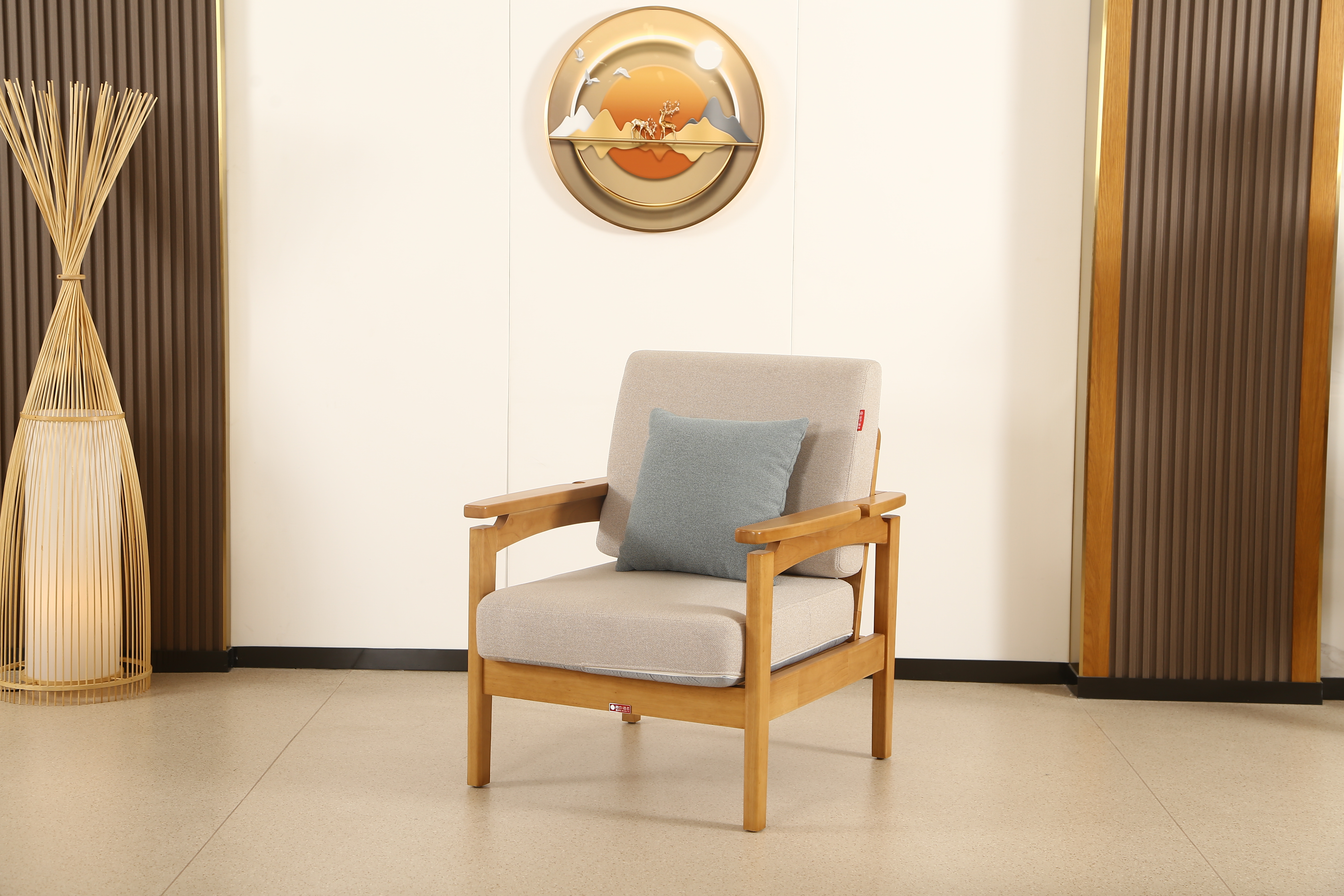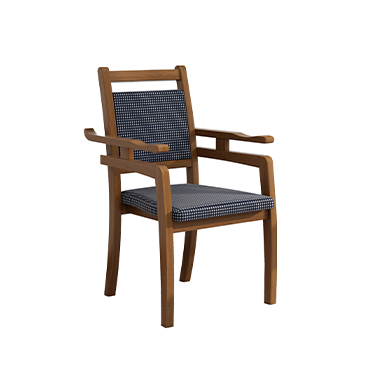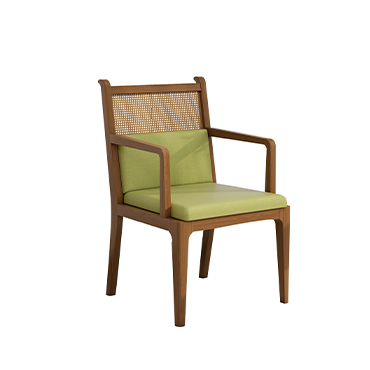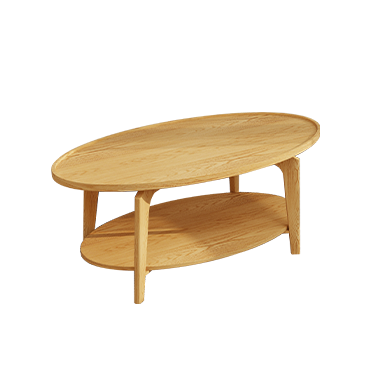Anti-Slip Furniture Design: Ensuring Everyday Safety for Seniors
Falls are one of the leading causes of injury among older adults. As aging affects balance, mobility, and reaction time, even simple tasks like sitting down or standing up can become risky—especially if the furniture used is slippery or unstable.
That’s why anti-slip furniture design has become a critical component in ensuring safety and independence for the elderly. From the base of a chair to the texture of a seat cushion, every detail matters.
Why Anti-Slip Design Matters for the Elderly
As seniors age, their muscle strength and coordination decline. This increases the risk of slipping when:
Sitting or getting up from a chair or sofa
Moving between furniture items
Using furniture in socks or slippers
Walking on smooth floors near unstable furniture
Traditional furniture often overlooks these real-world usage scenarios. An otherwise comfortable chair can become a fall hazard if it slides too easily or has slippery surfaces.
Key Anti-Slip Features in Senior Furniture
1.Non-Slip Foot Pads or Base
Furniture legs should be equipped with rubberized or silicone pads to prevent sliding on smooth floors such as tile, wood, or laminate. These pads should have high friction and be securely attached to each leg.
For heavier items like sofas or recliners, consider broad, flat feet with embedded anti-skid material to evenly distribute weight and resist movement.
2.High-Friction Seat Materials
Seat cushions and backrests should use non-slip upholstery materials that provide grip without being abrasive. Textured fabrics, woven surfaces, or rubber-backed cushions help prevent slipping while sitting or adjusting posture.
Avoid overly smooth leather or polished surfaces unless treated with anti-slip coatings or used with grippy overlays.
3.Armrests with Grip Texture
Smooth, slippery armrests can reduce the user’s ability to support themselves while standing up. Use grip-enhanced armrests, such as those with textured rubber, wood with matte finishes, or anti-slip surface wraps to improve traction and control.
4.Stable, Wide-Based Designs
Wider leg spacing and lower center of gravity make furniture less likely to tip or slide. Chairs and stools should avoid narrow, high-legged designs that are prone to shifting when pressure is applied unevenly.
Sofas and chairs designed for elderly users should prioritize stability over minimalism.
5.Floor Compatibility
Consider the floor type where the furniture will be used. Anti-slip pads should be compatible with wood, tile, and carpeted surfaces. For slippery floors, anchoring options like friction mats or mounting brackets can provide additional safety.
Practical Applications for Senior Living
Anti-slip furniture is not just for institutional care settings. It's essential in private homes, assisted living apartments, and any space where seniors need to move confidently. Common use cases include:
Dining chairs with rubber feet and textured seats
Bedside chairs for nighttime use with grippy armrests
Bathroom stools with waterproof non-slip legs
Recliners with brake-lock bases or wall-hugging designs
Mobility aids like lift chairs with anti-slide footings
Final Thoughts: Safety Begins with Friction
Preventing falls isn't just about what’s underfoot—it’s also about what’s underhand and underseat. Anti-slip furniture design reduces the likelihood of accidents before they happen, giving seniors greater confidence and freedom of movement.
As part of an age-friendly home, anti-slip design reflects both thoughtful engineering and deep respect for the user's needs. Whether you’re designing, selling, or selecting furniture for elderly users, friction is your first line of defense.





